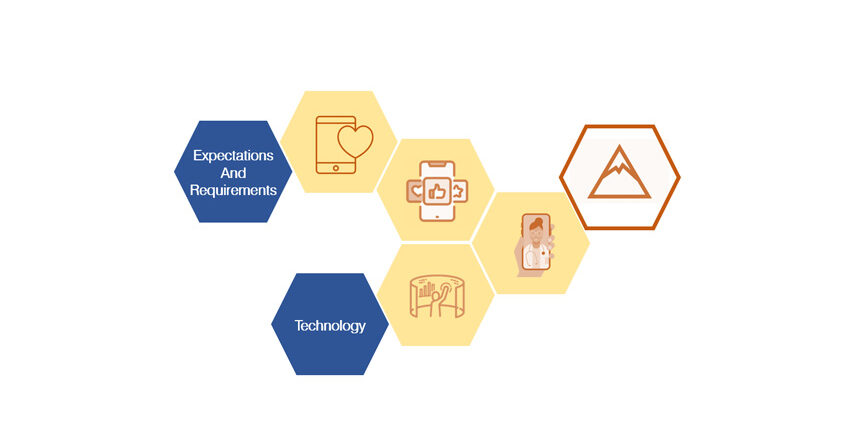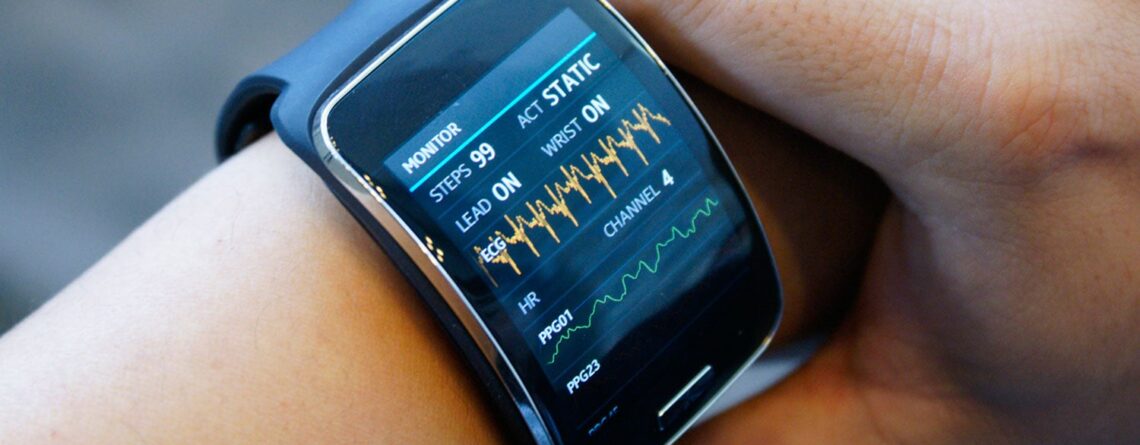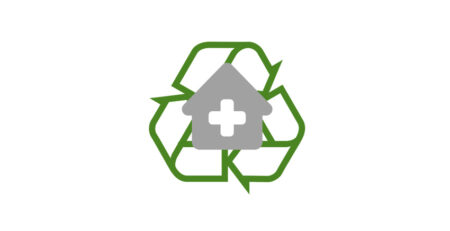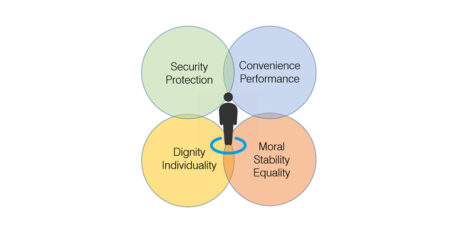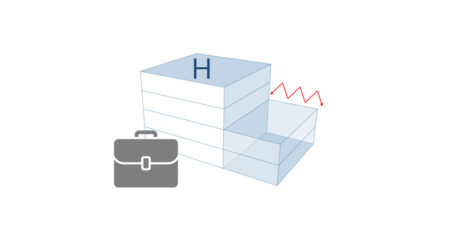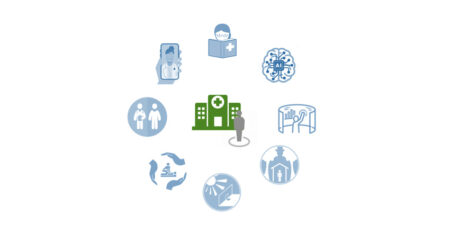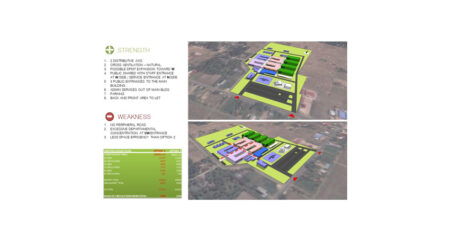Grand Challenge – Changing expectations and requirements
User experience
Following recent research and published evidence-bases studies, users seem to value the incorporated experience in their daily life, applicable to the healthcare sector. The technological path, in which the digital age automation takes a significant role. The public awareness of environmental issues is growing among consumers, therefore the experience factor may not only touch technology but also the green factor. In recent years, new features such as biophilia-feeling and healing environment have been introduced to healthcare, enhancing the user experience factor. Recyclable features and an overall sense of clean energies consumption is being highly requested by users.
Collaborative consumption
Despites the society imminent individualization, urban patterns and other social changes are bringing to life the need of collaborative consumption and necessarily changing the traditional concepts of ownership. Citing Velthuijsen J. (2017), ‘people require more integrated products and service (…) consumers buy mobility rather than owning a car’. The so called mobility is interfering with expectation regarding new jobs or changes in lifestyle. Sharing house is more frequent and seems to be a trend towards which real estate shall adapt.
Social Ranking increased importance
The social ranking is more and more a common practice thanks to internet of things, social media and online social networking. Revealing the increased consumer appetite for information and transforming all forms of real state to more than tangible assets, caring a story and a need for a rating. The so called “Obama Care”, in the U.S., brought public health delivered by private hospitals, giving the tax payer the possibility to choose in between different providers, raised the need for users to rank hospitals, what some may argue, changed the whole care delivery. The private hospitals social ranking in the U.S. is being followed by private hospitals in west Europe, transforming the facility hospitality service, features and built environment.
Grand Challenge – Changing technology
- Telemedicine – a number of medical procedures are now being done on a distance basis, the so called ‘virtual outpatient appointment’. Features like telemedicine or remote surgery change the requirement for healthcare providers to work permanently at the hospital. Opening the way for highly specialized staff remote work. As face-to-face outpatients’ appointments decrease, the physical setting has to adapt, facing the introduction of spaces for doctors to provide virtual appointments. Therefore, caregivers expect and will require an enhanced work environment, possibly increase meeting huddles and lounges.
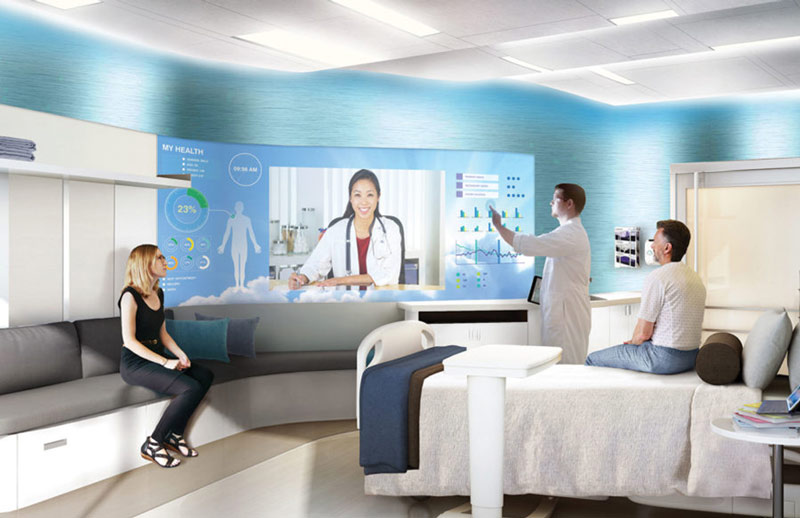
- Digital environments –The technological implementation in hospital settings is allowing patient rooms customization. Digital features incorporation such as pictures, music, internet and access online entertainment as part of the user experience improvement. In the facility enhancement to user value point of view, this source gives a particular importance to personalized lighting on an evidence-base conclusion associated to the patient experience improve and particularly the patient mood and perception of pain. Noise reduction is another trend to patient satisfaction, associated to sleep interruption, blood pressure and heart rates.
- Mobile applications – referring to the telegraph article, Healthcare in the economy httpss://www.telegraph.co.uk/business/open-economy/new-technologies-transforming-healthcare/, a number of technological applications, user-friendly and incorporated in mobile phones are being released. These devices will directly share information with the medical system. Such as blood pressure devices, thermometers or other health trackers. This will likely decrease substantially the hospital visits, as defended in article mentioned above. The changing technology decreases the face-to-face requiring and changes the facility demand, raising the facility max and best use question and the possibility to simultaneous uses, where before healthcare settings prevail.



